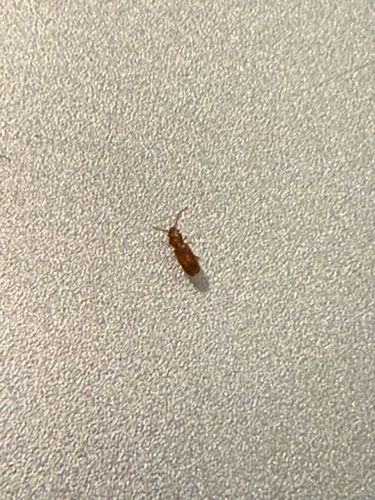Ant
Scientific Name: Formicidae (family)
Order & Family: Hymenoptera, Formicidae
Size: Typically 2 to 20 mm, though some species can be larger.

Natural Habitat
Highly adaptable, found in diverse terrestrial habitats including forests, grasslands, deserts, urban areas, and homes. They often nest underground, in wood, or in mounds.
Diet & Feeding
Omnivorous; diet varies significantly between species. Many are scavengers, feeding on dead insects, nectar, seeds, fungi, and household food scraps. Some are predators, while others cultivate fungi (leafcutter ants) or tend to aphids for honeydew.
Behavior Patterns
Ants are social insects that live in colonies with a complex caste system including queens, workers, and males. They exhibit sophisticated communication (chemical, tactile), cooperative foraging, nest building, and defense. Most species follow scent trails to find food and return to the nest.
Risks & Benefits
Potential risks include property damage (e.g., carpenter ants tunneling in wood), stinging (some species have painful stings, though typically not life-threatening unless allergic), and contaminating food. Benefits include pest control (predating on other insects), soil aeration and nutrient cycling, and seed dispersal for plants.
Identified on: 10/24/2025